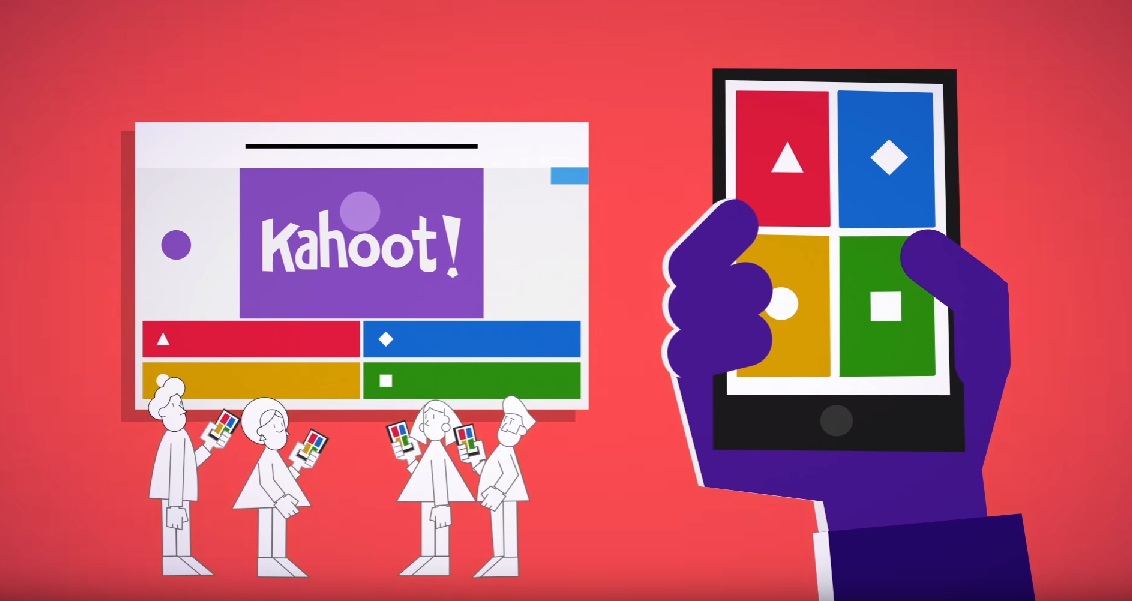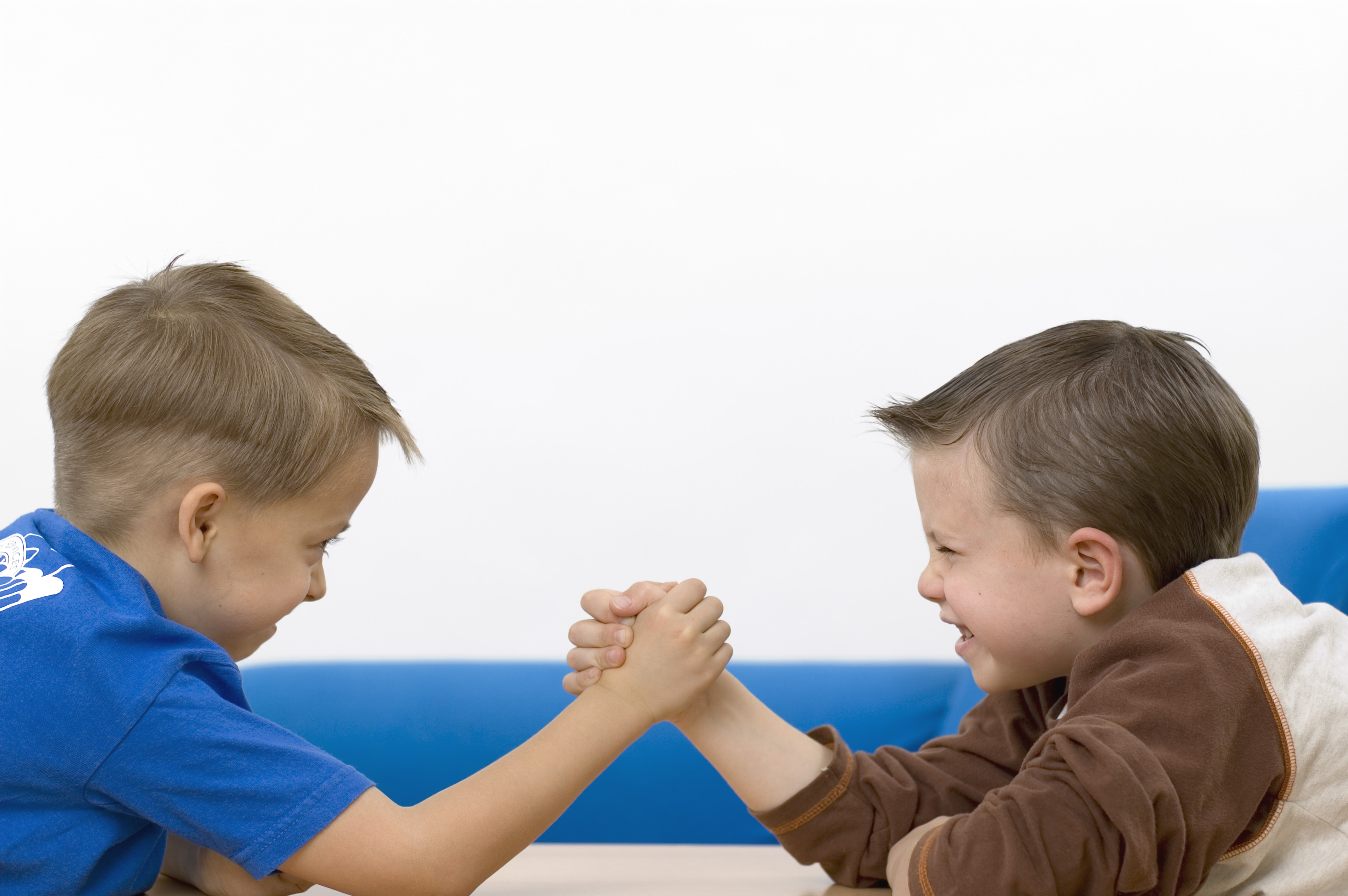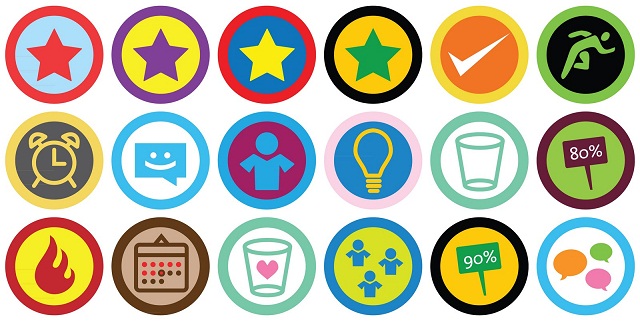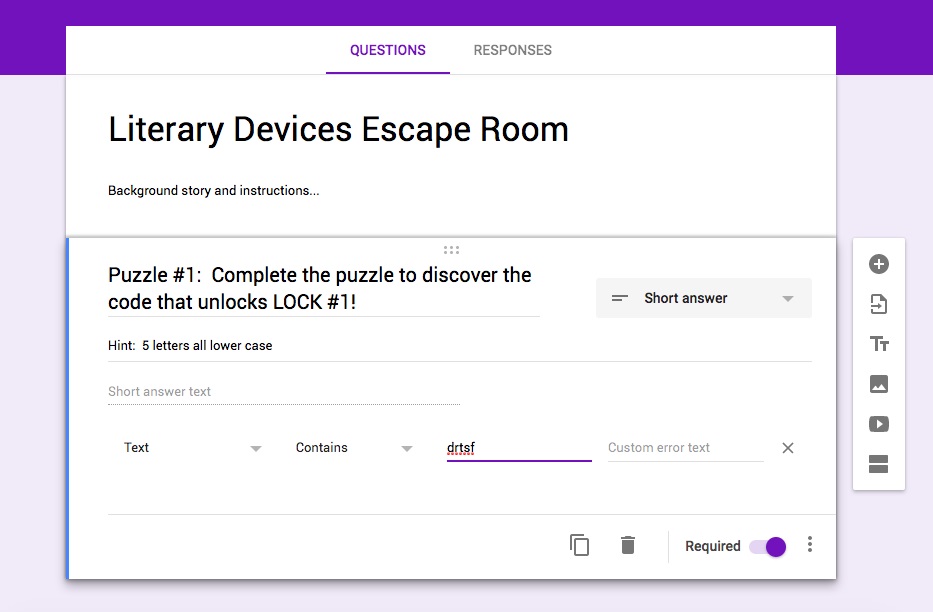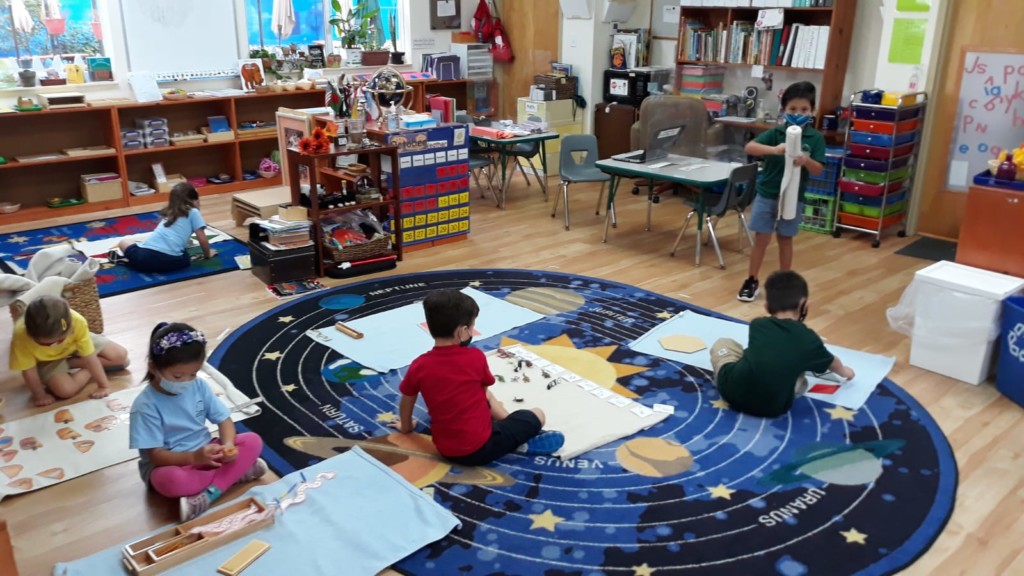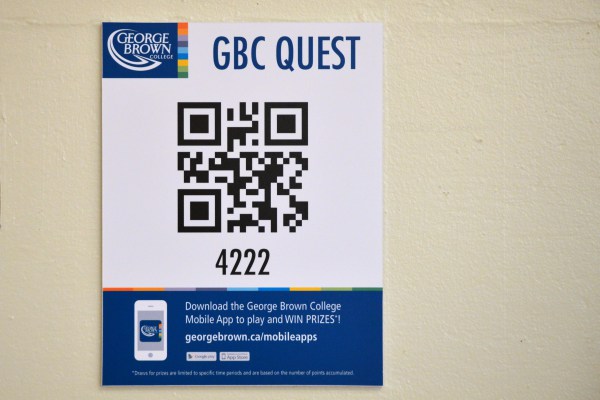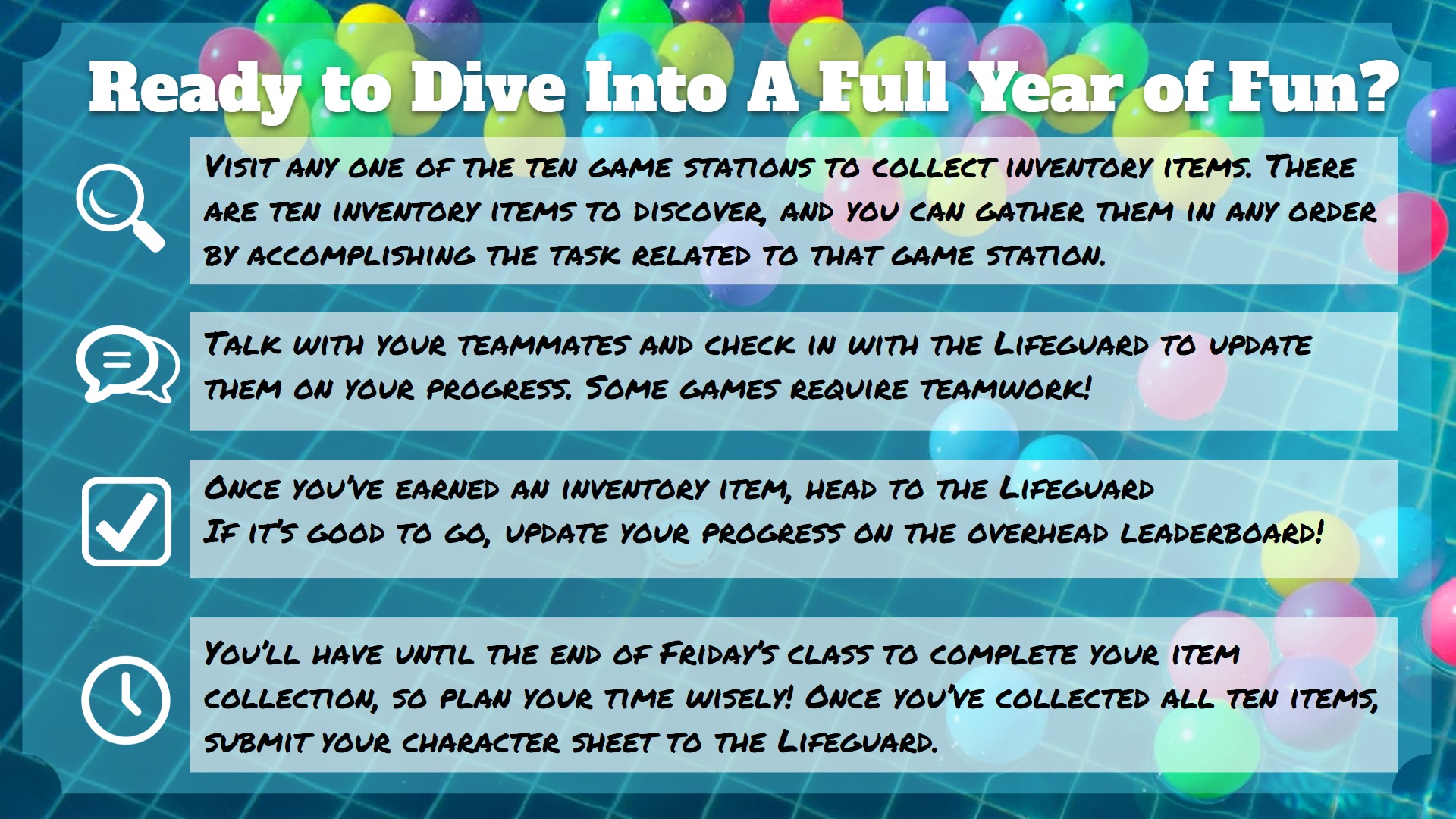How Gaming Has Transformed the Way Teachers Teach
“Edutainment” video games have always been a huge disappointment. But this hasn’t stopped teachers from finding ways to bring game-like...
Published 3 years ago in Ftw
In fact, today’s students have almost certainly experienced gamification in the classroom. And here are just a few ways teachers now merge games and learning.
1
Points-Based Grading
When you were growing up, chances are that teachers had two basic ways of grading: either having everything count the same or giving items different percentage weights. Either way, your grade effectively started at “100” and tumbled down as time went on.
One of the most basic bits of classroom gamification is using a points-based system and counting up from “0” instead. So, some homework may be worth 2 points, but a big test may be worth 10 or more. This subtly encourages students to prioritize their learning objectives and make a game out of focusing primarily on the highest-scoring tasks.2
All About Kahoot
Ever heard of Kahoot? This is a platform that allows teachers to design trivia-style games to use in the classroom. Players can then log in using their smartphones and compete to earn points.
Students typically respond to this because most people love trivia. This is why trivia night each week is keeping your favorite local bars alive. And best of all, students are usually too busy having fun with the game that they don’t even realize they are learning the course material.3
Virtual Scavenger Hunts
In the past, some teachers have created actual scavenger hunts to get their students out of the classroom. While some still do that, many teachers have started creating virtual scavenger hunts for their pupils.
Such scavenger hunts usually require students to scour the internet for answers, clues, and photos and submit what they find to the teacher. It may sound a bit cheesy, but modern students respond well to this kind of game because it utilizes the digital skills they use in their everyday life.4
Competitive Learning
Regardless of how the teacher brings gaming into the classroom, there is one thing almost all these approaches have in common. And that is the element of competition!
It’s human nature to want to do better than the guy next to you. And that competitive nature is enough to override how bored many students are in the classroom. Even better, the nature of competition through things like Kahoot or virtual scavenger hunts means that every student is on an even playing field when they compete.5
Badges As Achievements
For better or for worse, the modern world of education and the modern corporate world have a lot in common. And that means these two different industries end up using gamification in similar ways.
As an example, many teachers, like many corporate trainers, like to give out virtual badges as “achievements” for mastering certain subjects or doing well on particular tests. These digital badges can be displayed in an online badge “backpack” or even shared on social media, which is the educational equivalent of sharing your high score with everyone.6
Building a (Digital) Mystery
Another fun part of human nature is that most of us are natural-born problem-solvers. Sure, you may not have fun in every classroom you sit in. But when presented with a unique and engaging challenge, you’re likely to rise to the occasion to try to solve it.
This is why many teachers have started using Goole forms to create mysteries and virtual escape rooms for students to solve. These students are usually split into groups and given digital task cards. If done right, this can turn a boring assignment into a quirky episode of Scooby-Doo.7
Independent Student Goals
One reason that plenty of students rankle at the education system is that they hate forced learning. Specifically, they hate having to focus on so many things that might not even interest them.
In response, teachers across the world have taken a page from open-world video games (like Minecraft) and let students design their own goals and even assignments (within reason). This is actually very similar to the Montessori method which teachers have been using for over 100 years.8
Quests Via QR Codes
Arguably, one of the most basic elements of game design is a quest. Players are given a specific challenge and promised a specific award in exchange for completing the quest.
One dynamic way some teachers have replicated this quest system is by using QR codes. By printing out these codes and putting them up around campus, teachers can both give students unique quests and assess their progress towards completion.9
Gamified Syllabus
Would you believe the most boring part of any college class is the first day? That is because the professor is obligated to read the syllabus to you. And good luck not falling asleep!
To counteract this effect, many profs have started designing interactive, gamified syllabi. Such a syllabus may incorporate trivia questions, scavenger hunts, and other interactive elements. It may not be the most fun in the world, but it’s certainly better than the usual “sit and get” syllabus on day one!


